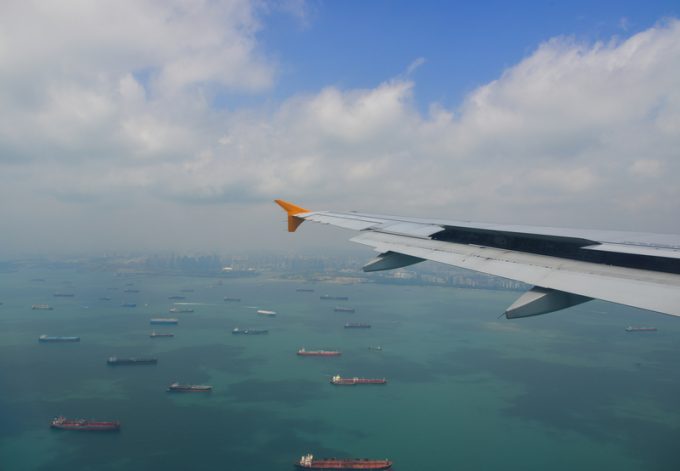'Weakened' Maersk paying a heavy price for its lack of fleet growth
MSC is flawlessly emulating dethroned rival Maersk’s old strategy by aggressively expanding its fleet and ...

Ocean freight chaos and strong peak season demand has created a region-wide capacity crunch and “rapid” rate rises for Asia Pacific air cargo.
According to the Association of Asia Pacific Airlines (AAPA), there was a 26% year-on-year increase in air cargo demand last month, measured in freight tonne km, with volumes “propelled by expansion in e-commerce and demand for intermediate goods.”
Furthermore, AAPA said, congestion problems at Chinese seaports had also driven demand for airfreight, but limited bellyhold space – due to ...
Volcanic disruption at Anchorage could hit transpacific airfreight operations
Shippers snap up airfreight capacity to US ahead of tariff deadline
New price hikes may slow ocean spot rate slide – but for how long?
Forwarders stay cool as US 'liberation day' tariffs threaten 'global trade war'
Tighter EU import requirements proving 'a challenge' for forwarders
Supply chain delays expected after earthquake hits Myanmar
Looming Trump tariffs will create 'a bureaucratic monster' for Customs

Comment on this article